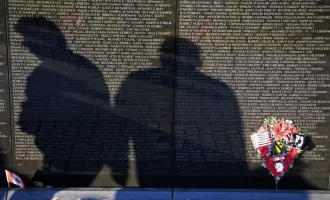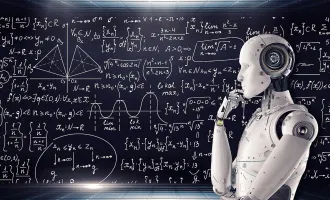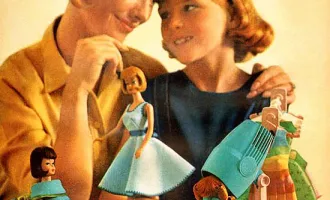Good Guys and Bad Guys
Sensitivity and specificity of the armed guard response
In February of 2012, neighborhood watchman George Zimmerman was patrolling his locality in Sanford, Florida, when he spotted what he thought to be a threat to his community’s safety and security. His judgment error, as we all know, ended with a dead 17-year-old who was armed only with a bag of Skittles and an Arizona-brand fruit drink. Even if we grant that Zimmerman was actually trying to respond to what he believed was legitimate danger, this case illustrates an important consideration overlooked by the National Rifle Association in its recent response to the horrific shootings in Newtown, Connecticut, last month.
Specifically, the NRA suggests placing armed guards at American schools, and their reasoning is that having armed security would dissuade bad guys from targeting schools. Simply speaking, if all our guards were trustworthy, this would probably be true, but I will argue that this is only part of the picture, and that one major difficulty lies in the judgment of the guards.
For this discussion, I won’t even address the issue of an armed guard turning on the school (or devious killers seeking employment as guards). Rather, I’ll focus on the diligent guard trying to protect students from what he/she believes is a threat.
Evaluating several factors, guards would have to make judgments about how badly someone must be acting or appearing before responding with gunfire. Borrowing an analogy from clinical medicine, this would be analogous to a cutoff level at which a test is considered to be positive.
Recall that the worth of the test is based in its positive predictive value, which in this case is dependent upon how specific the measure of apparent badness is (i.e., how often good people don’t look bad) and the baseline prevalence of how bad people actually are (which most people would agree is a very small proportion of the population).
In the above chart, I’ve drawn two populations. The thick line is made up of people who are actually good, and the thin line is made up of people who are actually bad. We can see that there are far greater numbers of good people, and for the sake of this illustration, I’ve assumed that the people who are actually bad appear more sinister as a population than those who are actually good. We see though, that there is some overlap of these populations — i.e., an ambiguous area where there are many good and many bad people who score equally on this scale.
The vertical dotted line represents the threshold for responding to this bad-appearing person with gunfire by a guard. We see that in order to improve the armed guards’ success rate in getting more bad guys (that is, to improve sensitivity), we need to shift the dotted line to the left, which would mean lowering the threshold for firing.
Unfortunately, doing so would also mean firing at more good guys (reducing specificity and thereby increasing the false-positive rate). Further, because there are proportionally far more good guys than there are bad guys, I would argue that the sheer numbers game of the approach proposed by the NRA would lead to more cases like that of Trayvon Martin rather than heroically saving schoolchildren.
I believe my model presents an easiest-case scenario for armed guards as well. In reality, the population of bad people may not appear any more menacing than the population of good people, and perhaps even more importantly, categorizing most people into classes of the strictly bad and the strictly good is not really accurate.
There may also be times when fights among students escalate to a level where a guard responds with gunfire, and most of us will agree that this scenario is no one’s desired goal.
A legitimate response a supporter of the NRA position might make is that because the mere presence of these guards should reduce the number of people targeting schools, we can train guards to have an extremely high threshold for gunfire response, and this will improve specificity and still allow them to respond to the worst-case scenarios.
Several questions that I believe follow from this are: How well do we think these guards could respect these high thresholds, and how appropriate a use of funding is it to have a trained, armed guard whose main purpose is not to shoot?
Further, given that many of the mass shootings we have suffered recently have been murder-suicides, is it really appropriate for us to think that the bad guys would actually be deterred by the presence of an armed guard?
I think the NRA truly believes placing armed guards in schools would solve the problem of attacks in this setting. In general, they’re right that such a policy would make the textbook bad guy less likely to strike in schools, but along with the fact that textbook bad guys are exceedingly rare, the problem of the sensitivity and specificity of the threshold for gunfire response is too large a problem to overcome.
The position of the vertical dotted line would inevitably lead either to greater numbers of innocent people being shot or fail to be effective at picking up legitimate threats.


